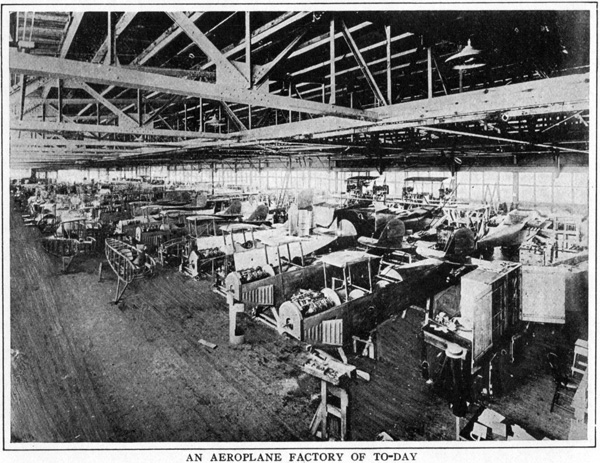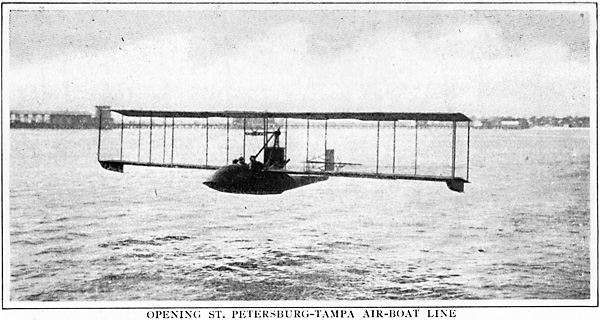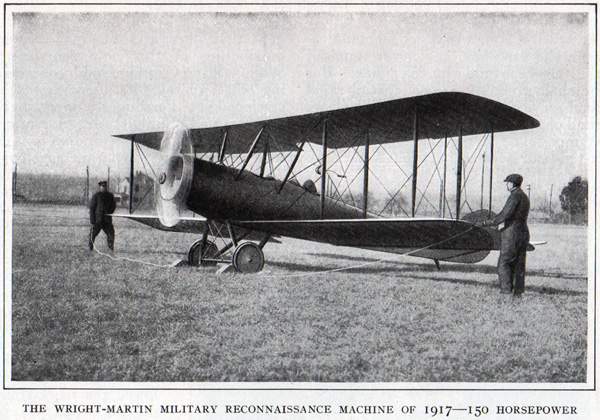Orville Wright and Flight
Today, Orville Wrignt and flight. The University of Houston's College of Engineering presents this series about the machines that make our civilization run, and the people whose ingenuity created them.
The April, 1917, Harper's Magazine went to print a few days before the US declared war on Germany. It included an 11-page interview with Orville Wright, titled, The Safe and Useful Aeroplane.
Most people knew that we'd soon be at war. And the aerial slaughter over the trenches of Verdun was already horrific. Yet Orville seems unconnected to the raw violence air power is bringing about. He says he knew aeroplanes would serve as scouts, but failed to see what that meant. Planes will soon eliminate surprise attacks by armies and make war unwageable. He's a bit smug about having contributed to such a profound instrument of peace.
So the interviewer wonders what the role of flight will be after the war. He mentions "... many prophets who tell us of the wonderful future in store for your invention." Orville answers, "I am not one of those who entertain extravagant ideas concerning its future." Then he flatly says that aeroplanes will never provide mass transportation. That seems odd -- the iconic father of the aeroplane so down-peddling its future.
But Orville doesn't think large aeroplanes are feasible and, at seventy or eighty miles-an-hour, aeroplanes offer limited speed advantage over rail or automobiles. Passengers and mail will stay largely on the ground. Still, aeroplanes will be valuable in carrying mail and passengers to remote areas. They'll also play a special role in emergencies.
Then there's the matter of danger: Orville says airplanes are safe enough until daredevils get their hands on them. Caution and safety marked both brothers. In fact, they'd promised their father, Bishop Milton Wright, that they'd never fly together.
He lifted that prohibition in 1910, and let the brothers fly together one time. Then Orville took him on his only airplane ride. Bishop Wright was reported to've shouted as they flew, "Higher, Orville, higher!" Brother Wilbur died two years later, not in a crash, but of typhoid fever. And Orville gave up flying for good in 1919.
Orville surprises us when he says that "Aeroplaning as a sport will attract women as well as men." Women not only make better passengers, they also make better aviators. As he puzzles over why, he returns to his conviction that flight's true purpose is sport. As sport, maybe it better appeals to the feminine imagination.
He also says, "The time is not far distant when people will take their Sunday-afternoon spins in their aeroplane precisely as they do now in their automobiles." Compare that, he says, with the driver of an automobile who "lives at a constant nerve tension."
And so Orville Wright helped to create a future that was largely at odds with his own conception of it. I wonder what he would've thought if he'd learned that, a century later, women would finally become commonplace pilots of great airliners that carried hundreds at a time between cities. And today that sport flying would then be enjoyed by fewer than one out of every 500 Americans.
I'm John Lienhard at the University of Houston, where we're interested in the way inventive minds work.
B. J. Hendrick, The Safe and Useful Aeroplane: An Interview with Orville Wright. Harper's Magazine, Vol. CXXXIV, No. DCCCII, April 1917, pp. 609-619. A vision of modern flight goes with this article in the form of fascinating period photos, several of which follow below:


This was an aeroplane doing service in America's first commercial airline. See Episode 2189. See also a closeup of one of these aeroplanes below.


The Wright Martin reconnaissance aeroplane, featured in the Harper's article, saw little use.